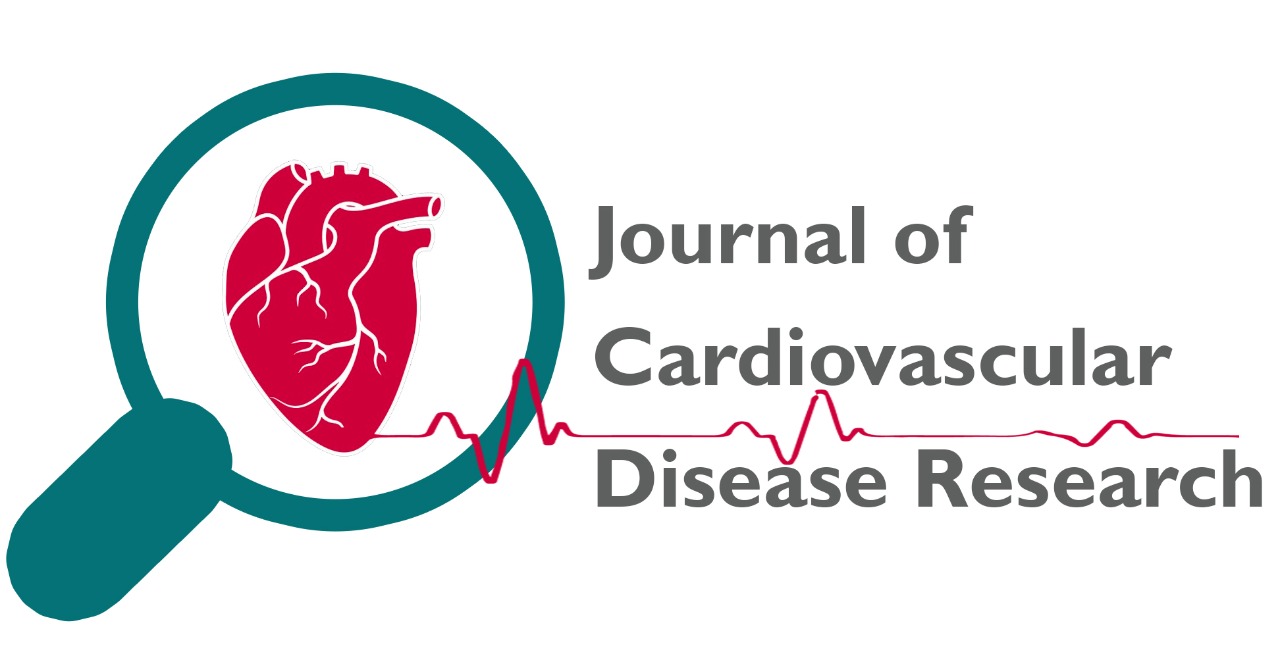
Determinants of Dyslipidemia Among Adolescents: A Cross-Sectional School-based Study
Dr Ajay A Kukreja, Dr Resham A Kukreja
JCDR. 2023: 2550-2558
Abstract
Dyslipidemia, characterized by abnormal lipid levels, is an emerging health concern among adolescents. This cross-sectional school-based study aims to identify the determinants of dyslipidemia in this population, shedding light on potential risk factors and contributing factors. Methods: Participants: A diverse sample of adolescents (aged 12-18 years) from various schools was recruited for this study. Data Collection: Detailed questionnaires, anthropometric measurements, and fasting blood samples were collected from the participants. Analysis: Statistical analyses, including logistic regression and correlation assessments, were performed to identify associations between dyslipidemia and various potential determinants. Results: The study identified several key determinants of dyslipidemia among adolescents: High intake of saturated fats and low consumption of fruits and vegetables were associated with increased dyslipidemia risk. Sedentary behavior and insufficient physical activity were correlated with dyslipidemia. Overweight and obesity were strong predictors of dyslipidemia. Adolescents with a family history of dyslipidemia or cardiovascular diseases were at an elevated risk. Lower socioeconomic status was associated with a higher prevalence of dyslipidemia. Gender disparities in lipid profiles were observed, with males exhibiting a higher risk. Excessive screen time was linked to dyslipidemia, potentially due to its association with sedentary behavior and poor dietary choices. Conclusion: This cross-sectional school-based study provides valuable insights into the determinants of dyslipidemia among adolescents. The findings highlight the importance of interventions targeting dietary habits, physical activity, and BMI control to mitigate the risk of dyslipidemia in this vulnerable population. Moreover, understanding the role of family history, socioeconomic status, and gender can help in developing tailored prevention strategies. Public health efforts should focus on promoting healthy lifestyles and early screening to address the rising burden of dyslipidemia among adolescents
Description
Volume & Issue
Volume 14 Issue 8
Keywords
|
This is an open access journal which means that all content is freely available without charge to the user or his/her institution. Users are allowed to read, download, copy, distribute, print, search, or link to the full texts of the articles in this journal without asking prior permission from the publisher or the author. This is in accordance with the Budapest Open Access Initiative (BOAI) definition of open access.
The articles in Journal of Cardiovascular Disease Research are open access articles licensed under the terms of the Creative Commons Attribution Non-Commercial License (http://creativecommons.org/licenses/by-nc-sa/3.0/) which permits unrestricted, non-commercial use, distribution and reproduction in any medium, provided the work is properly cited. |
|
|
|
|
|
Copyright � 2022 Journal of Cardiovascular Disease Research All Rights Reserved. Subject to change without notice from or liability to Journal of Cardiovascular Disease Research.
For best results, please use Internet Explorer or Google Chrome POLICIES & JOURNAL LINKS
Author Login
Reviewer Login About Publisher Advertising Policy Author's Rights and Obligations Conflict of Interest Policy Copyright Information Digital Archiving & Preservation Policies Editorial Policies Peer Review Policy Editorial & Peer Review Process License Information Plagiarism Policy Privacy Policy Protection of Research Participants (Statement On Human And Animal Rights) Publication Ethics and Publication Malpractice Statement Corrections, Retractions & Expressions of Concern Self-Archiving Policies Statement of Informed Consent Terms of Use |
Contact InformationJournal of cardiovascular Disease Research,
|




